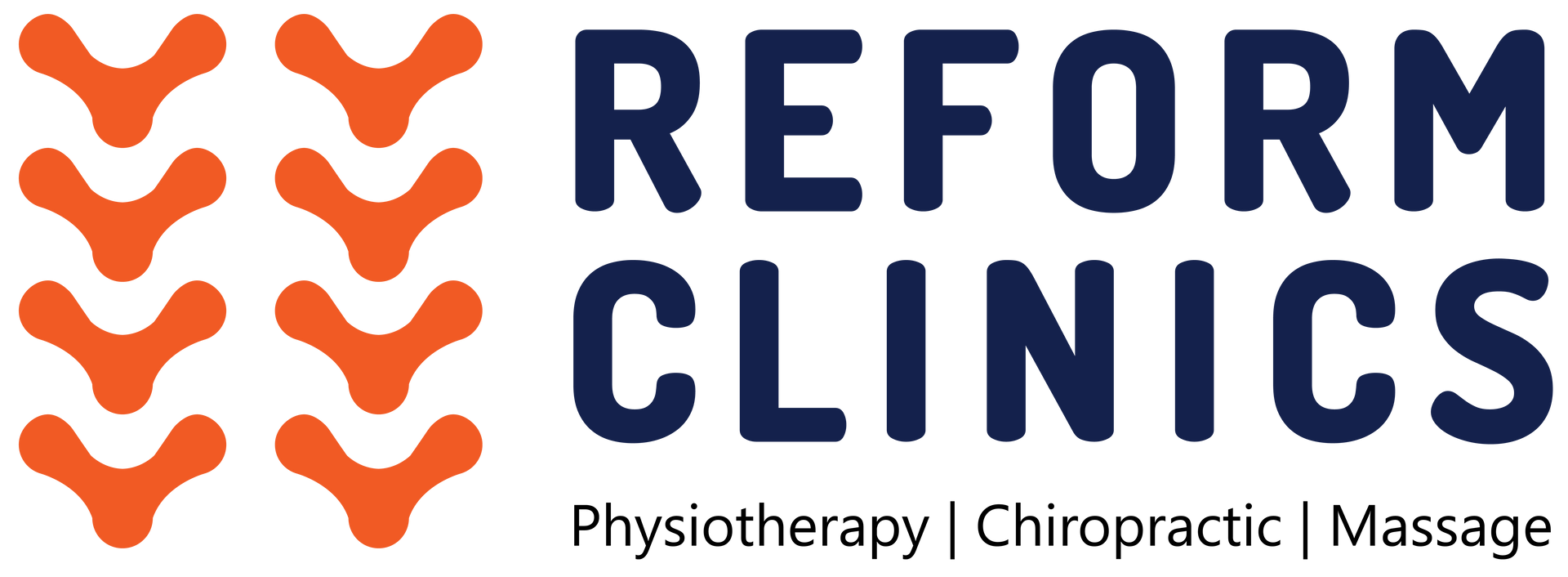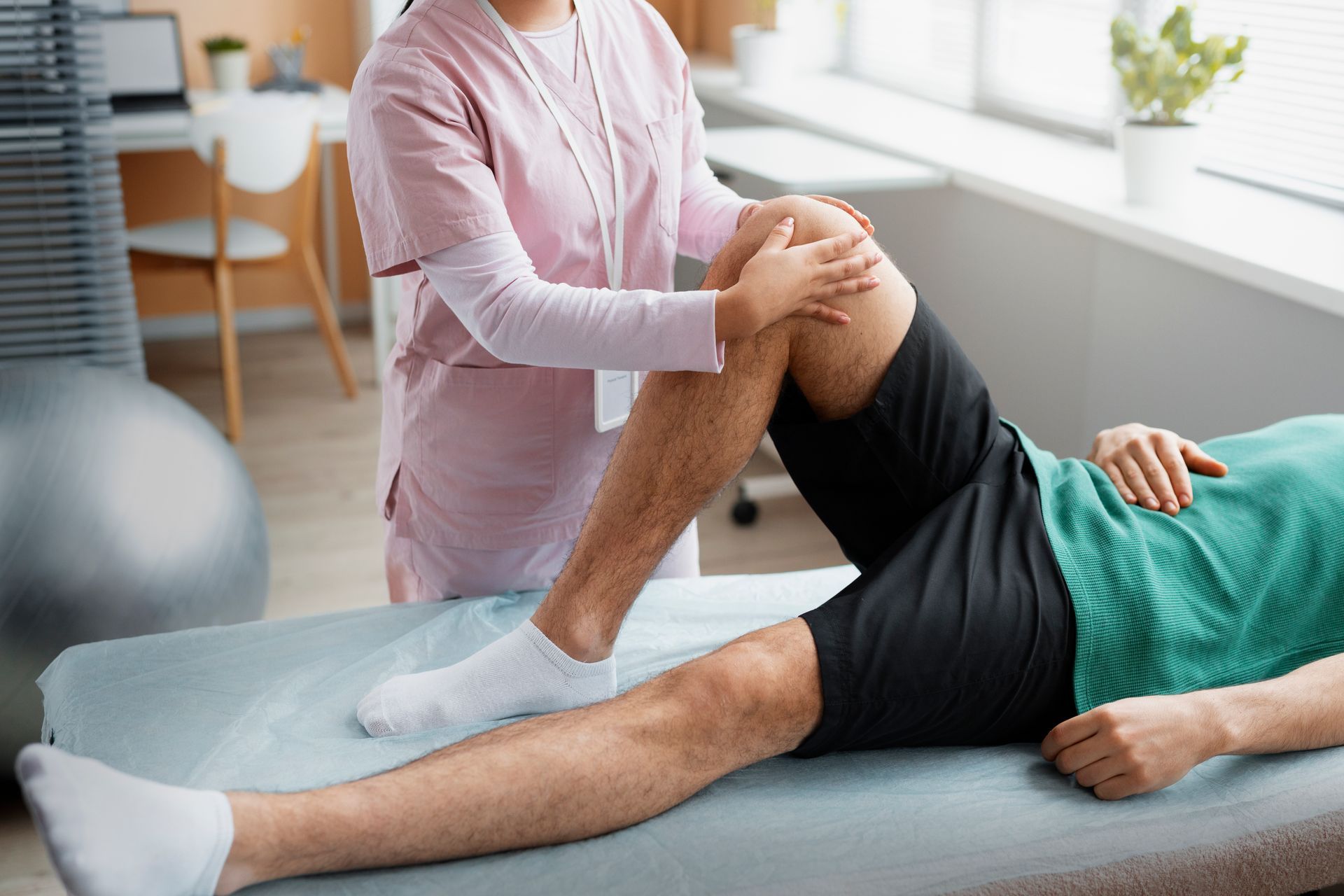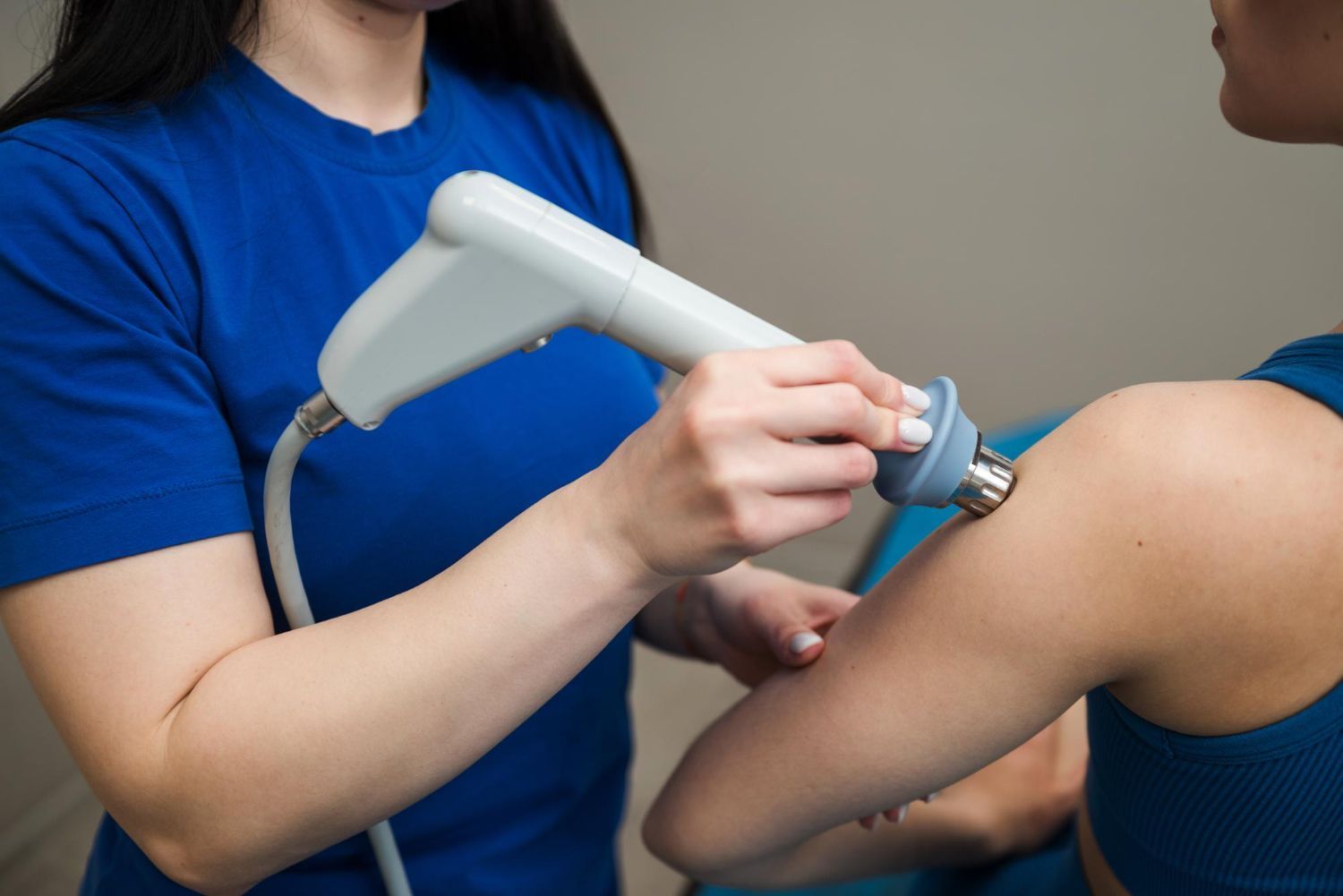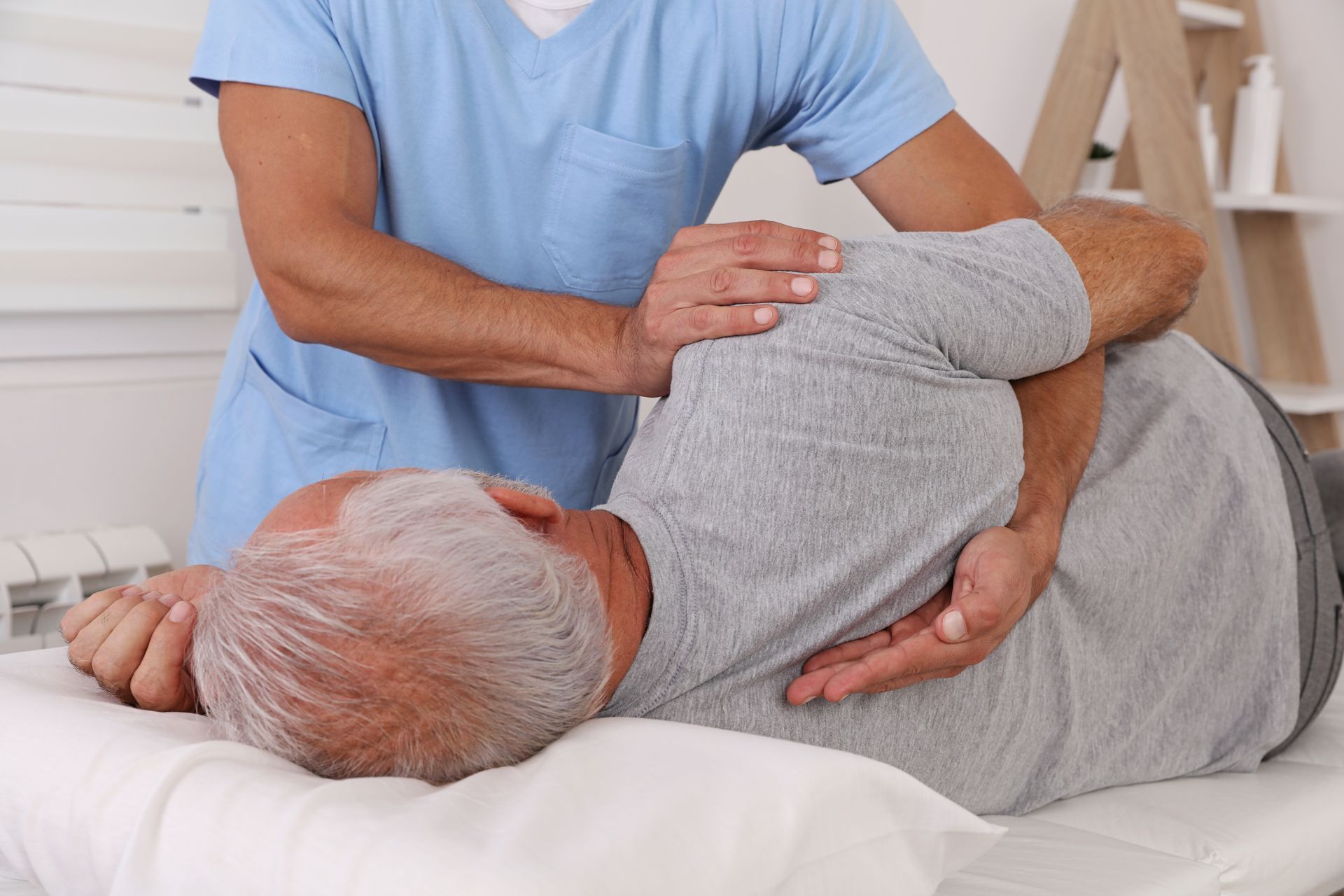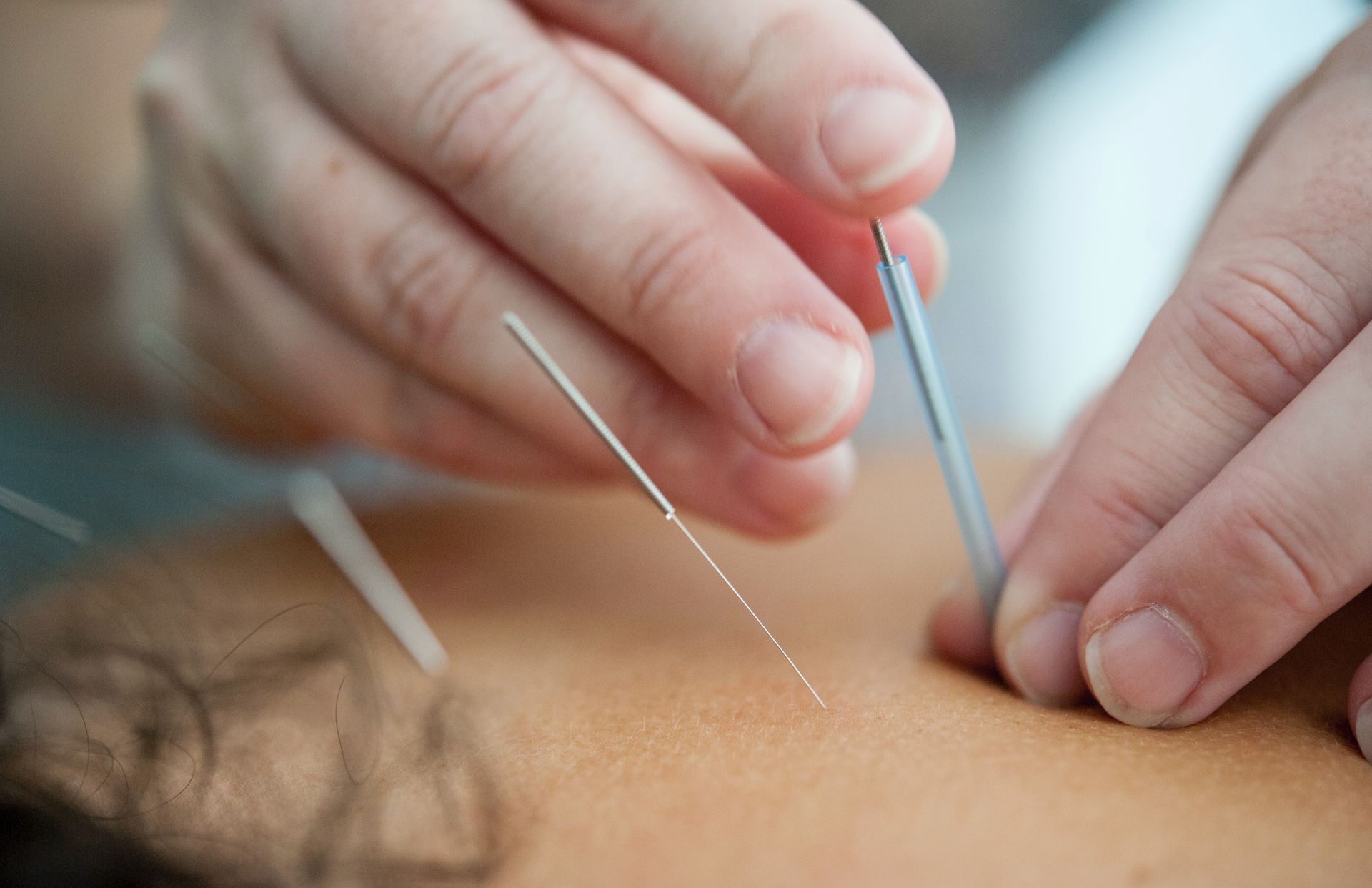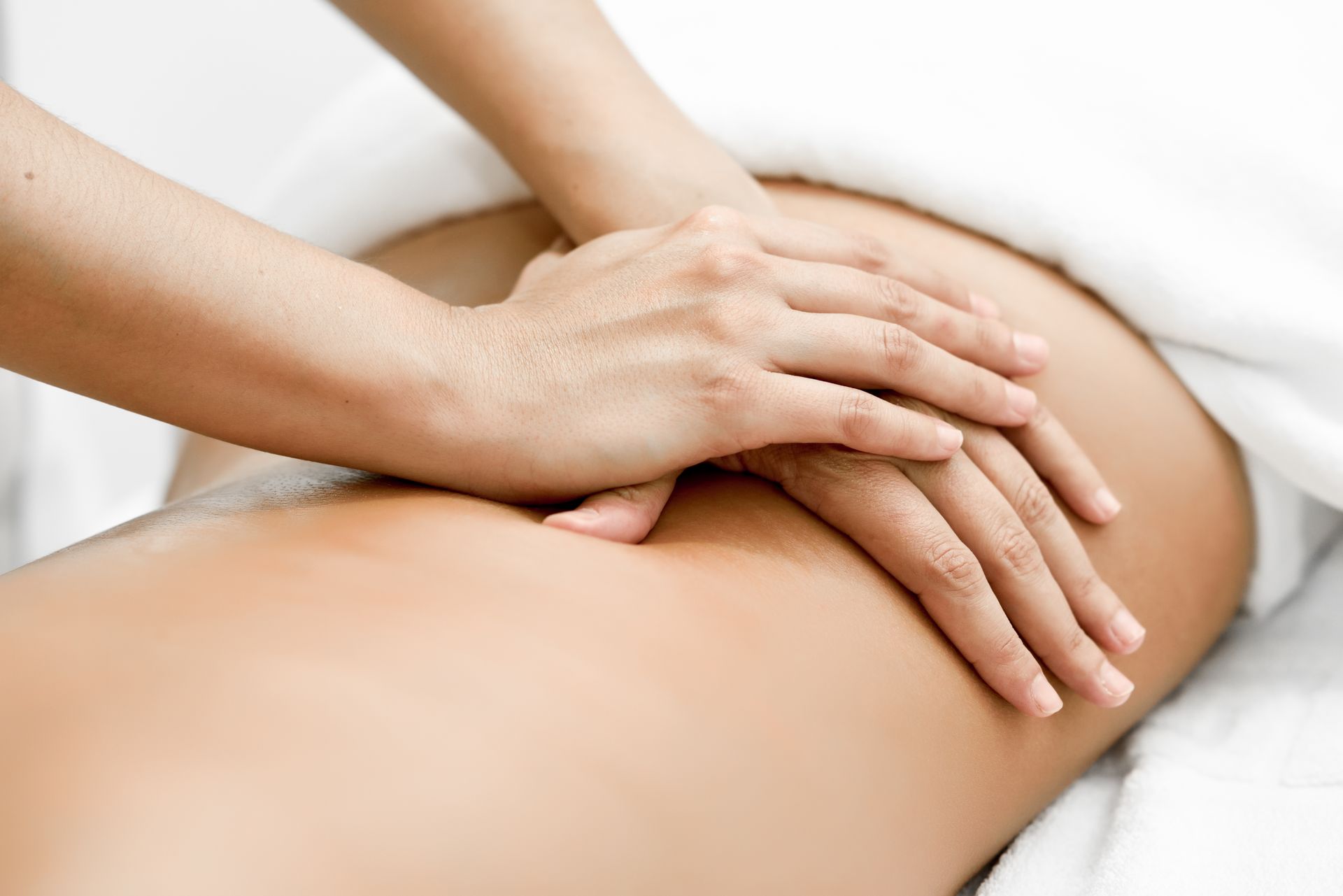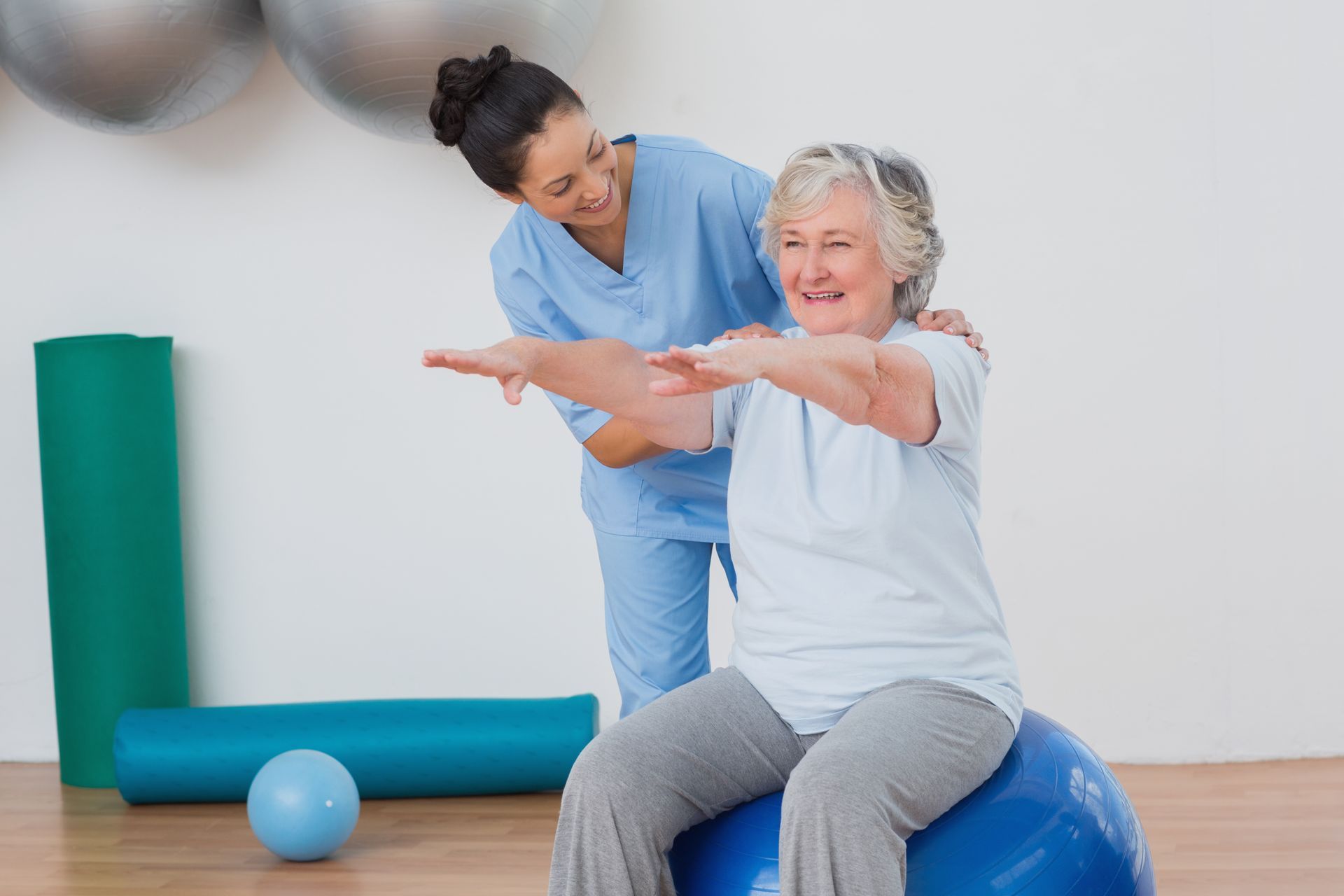How to Rehab Your Body After Surgery
How to Rehab Your Body After Surgery
No one looks forward to surgery, but when it means getting back to doing what you love, surgery can be an exciting step in your recovery process. To maximize the benefits of your surgery though, it’s crucial you take the proper steps afterward to recover fully.
Luckily, Reform Clinics is here to guide you. Our range of physical therapy services can be applied to anything from athletic recovery to concussion treatment. Our post-surgery rehabilitation services are especially helpful for those looking to get back to their active lifestyle as soon as possible and avoiding long-term complications.
In this article, we’ll explain what you should do to rehabilitate your body after surgery.
What to Expect After Surgery
We’re not going to lie—recovering from surgery can feel like an uphill battle. Immediately after surgery, you’ll have to manage a variety of symptoms including pain, swelling, bruising and more.
Following surgery, you will be prescribed medication to deal with the pain. This may put you in an altered state, meaning you must avoid driving, working, or doing anything else that will require your full attention.
While recovering, you must also ensure you follow your surgeon’s aftercare protocol. That includes keeping your wounds clean to avoid infections and changing bandages regularly.
Try to move as little as possible in the first week after surgery. Once your doctor gives you the go-ahead though, you’ll want to start incorporating movement into your routine as much as you can.
The Importance of Rehabilitation
Whether it’s your knee, hip or clavicle, simply keeping these joints still while you wait for your flesh wounds to heal won’t do you any good. In addition, you don’t want to push these tissues too far either.
That’s why a proper, professionally-led rehabilitation plan is crucial. Rehabilitation is designed to retrain your body’s tissues to function normally after injury or trauma. Post-surgery rehab is what will ensure you can come back stronger than before your surgery.
Tips For a Successful Rehabilitation Program
The best thing you can do is work with a trusted medical professional throughout your rehabilitation program. That includes working with doctors, surgeons, and physiotherapists throughout your whole recovery process.
Make sure to follow your program guidelines and most importantly—have patience! Recovery takes time, the less you rush the process, the better the outcome will be.
How to Stay Motivated During Rehab
Rehab programs usually involve regular bouts of stretching, exercise, and hands-on manipulations. For many, it can be difficult to stick to such a regimented plan.
Some tips to stay motivated include leaning on friends and family for support, working with your physical therapist(s) to outline a plan that you can stick to, and simply carving out time each day to focus on your recovery.
Common Post-Surgery Complications and How to Deal With Them
There are many risks associated with surgery. Some of the most severe include shock, hemorrhaging, and infections. Early signs of shock or severe blood loss may mimic concussion symptoms with dizziness, confusion, headaches and nausea. If you experience any of these symptoms after surgery, seek medical attention straight away.
Other common complications include low urinary output, gastrointestinal discomfort, and difficulties breathing. Make sure to let a medical provider know if you have any unusual or new symptoms following surgery.
Contact Reform Clinics Today
Ready to get back in shape after surgery? Reform Clinics can help! Get in touch with
our team today to learn more about our post-surgery rehabilitation programs. We also offer a variety of other services ranging from our detailed concussion testing to in-depth movement assessments.
Call us today at
905-827-5757, email:
info@reformclinics.ca or
contact us online .
